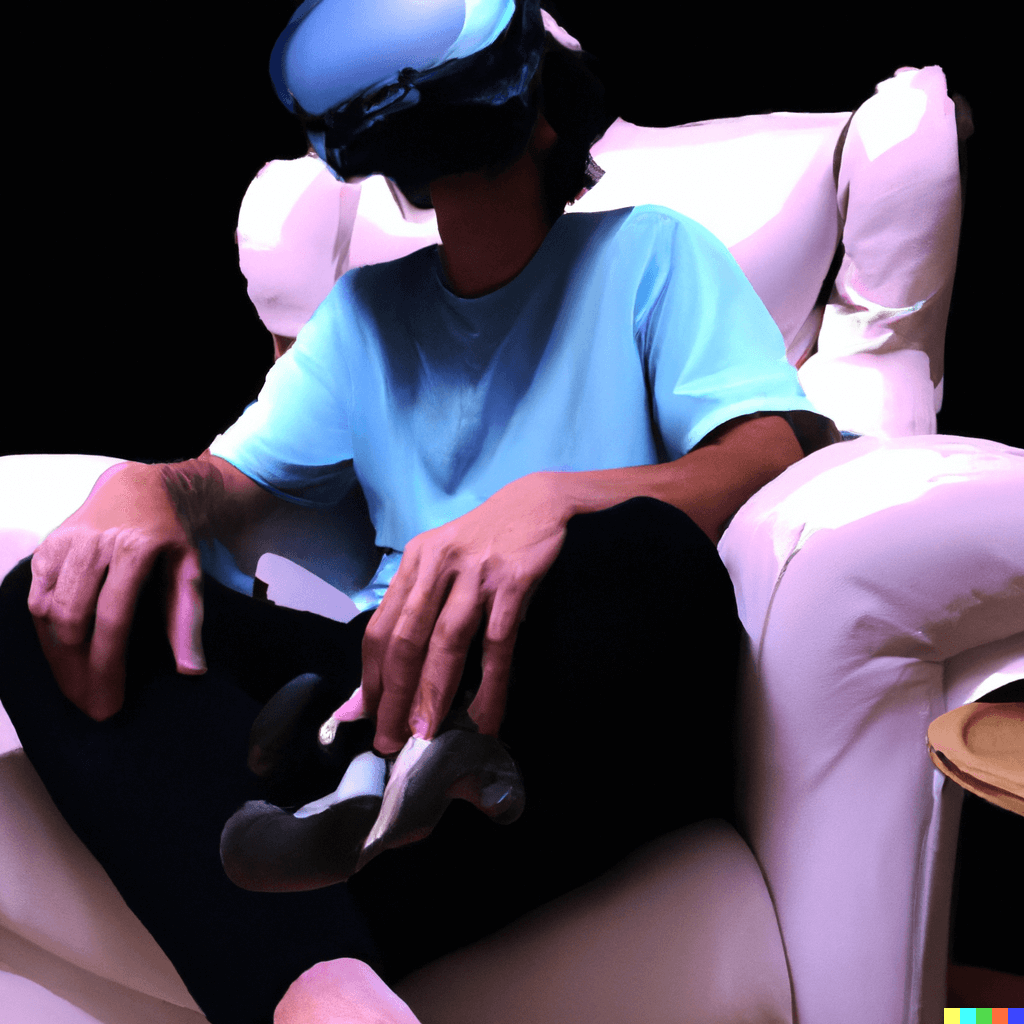Navigating the Legal Landscape of the Metaverse
A Comprehensive Guide on Injuries and Liability
In the burgeoning realm of the Metaverse, where digital and physical realities blur, new legal challenges are emerging. The immersive virtual worlds within the Metaverse offer unparalleled opportunities for interaction, commerce, and exploration. However, they also introduce complex issues of personal injury, assault, harassment, and defamation, reshaping the traditional understanding of liability and harm. This guide, presented by SELPH LAW, aims to elucidate the intricacies of navigating legal disputes within the Metaverse, distinguishing between actionable offenses and non-cases, and highlighting the evolving nature of digital jurisprudence.
Understanding Injuries in the Metaverse
Injuries within the Metaverse can transcend the virtual environment, impacting individuals emotionally and financially. Unlike physical injuries, harms incurred in virtual spaces often pertain to psychological distress, privacy breaches, and reputational damage. These can stem from various actions, including but not limited to, digital assault, harassment, and defamation.
Digital Assault: Cases of digital assault in the Metaverse, while not resulting in physical harm, can induce psychological trauma and distress. The legal community is grappling with how to categorize and address such incidents, considering the intent and impact on the victim.
Harassment: The anonymity and expansiveness of the Metaverse create fertile ground for harassment. Legal precedents are still in their infancy, but jurisdictions are increasingly recognizing the need for protective measures against such behavior.
Defamation: Defamation in the Metaverse can spread rapidly, causing significant reputational harm. Legal challenges include jurisdictional issues and the application of traditional defamation laws in digital spaces.
Real-Life Cases and Legal Precedents
While the Metaverse is a relatively new frontier, several cases offer insight into how the legal system is adapting to digital environments:
Digital Assault: There have been reported instances of avatars being “assaulted” in virtual environments. These cases raise questions about consent, virtual personal space, and the psychological effects of such experiences. Legal actions are challenging due to the difficulty in categorizing and proving harm.
Harassment and Bullying: Online platforms have seen numerous harassment cases, with victims seeking redress for emotional and psychological harm. These cases often hinge on the ability to trace and identify perpetrators, a task complicated by the anonymity afforded by virtual worlds.
Defamation: High-profile defamation cases, such as those involving social media platforms, provide a precedent for similar issues within the Metaverse. The challenge lies in applying these precedents to a constantly evolving digital landscape.
Distinguishing Between Actionable Offenses and Non-Cases
Not every unpleasant interaction within the Metaverse warrants legal action. Distinguishing between actionable offenses and non-cases is crucial:
Actionable Offenses: Incidents that cause significant harm, whether emotional, psychological, or financial, may be considered actionable. This includes persistent harassment, threats, and actions that lead to real-world consequences.
Non-Cases: Minor disputes, disagreements, or one-off incidents that do not cause lasting harm are often deemed non-cases. The subjective nature of being “too soft” varies widely, and the legal system focuses on incidents with clear, demonstrable harm.
Navigating Legal Disputes in the Metaverse
Addressing legal disputes in the Metaverse requires an understanding of both the technological framework and existing legal principles. Jurisdictional issues are particularly challenging, given the global nature of virtual worlds. Individuals facing harm in the Metaverse should document incidents thoroughly, seek legal counsel, and explore the mechanisms for dispute resolution offered within these platforms.
Conclusion
As the Metaverse continues to expand, so too will the legal challenges and questions surrounding personal injury, assault, harassment, and defamation. At SELPH LAW, we are committed to staying at the forefront of legal developments in digital spaces, offering expert guidance and representation to those navigating these uncharted waters. Understanding the distinction between real harm and non-actionable grievances is key to effectively addressing disputes in the Metaverse. For more information or to discuss a specific concern, visit selphlaw.com. Together, we can navigate the complexities of the digital age, ensuring justice and protection for individuals in both virtual and physical realms.
This blog post is designed to provide a sophisticated overview of the legal challenges within the Metaverse, tailored for individuals seeking guidance in this emerging field. By focusing on real-life implications and the evolving legal landscape, SELPH LAW positions itself as a knowledgeable and reliable resource for navigating digital personal injury claims.
Sub Categories
Recent Articles
-
 Apr 21, 2024How to Sue a Fast Food Company: A Step-by-Step Guide
Apr 21, 2024How to Sue a Fast Food Company: A Step-by-Step Guide -
 Apr 12, 2024Sue-ing Nothing Part 5: Legal Expeditions into the Absurd
Apr 12, 2024Sue-ing Nothing Part 5: Legal Expeditions into the Absurd -
 Apr 12, 2024Sue-ing Nothing Part 4: Legal Wanderings into the Realm of the Unfathomable
Apr 12, 2024Sue-ing Nothing Part 4: Legal Wanderings into the Realm of the Unfathomable -
 Apr 12, 2024Sue-ing Nothing Part 3: Legal Quirks and Quests Beyond Imagination
Apr 12, 2024Sue-ing Nothing Part 3: Legal Quirks and Quests Beyond Imagination

